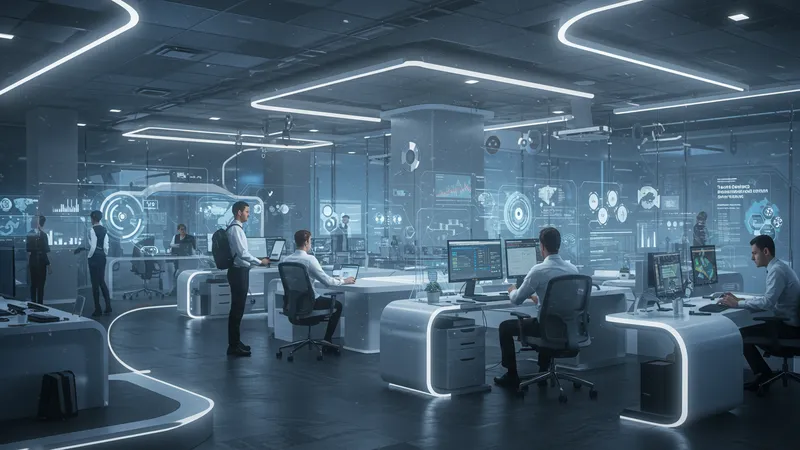
Why 2025 Will Be The Year Of Smarter Automation
Benefits and Organizational Impact in 2025
The organizational benefit of smarter automation in 2025 is reflected in newfound agility and improved resource allocation. By delegating repetitive, high-volume tasks to intelligent bots and software, companies shift their workforce towards roles that demand critical thinking, empathy, and creativity. Studies show that businesses adopting AI-powered automation have seen decreases in processing time by up to 60%, while also reporting improved employee satisfaction due to reduced manual workload.

Value creation is a standout characteristic. Smarter automation solutions like those from UiPath and ServiceNow don’t simply execute tasks—they analyze performance, suggest optimizations, and adapt over time. This continuous improvement loop compounds returns on investment, making automation not just a static solution but a dynamic engine of progress inside the organization.
In sectors like automotive, Tesla’s Autopilot system is driving tangible safety improvements. By July 2024, crash rates for vehicles using Autopilot were consistently lower than those driving without it, according to company reports. While not yet fully autonomous, these systems represent a step-change in how automation intersects with safety, user trust, and regulatory frameworks.
Smarter automation is also increasing inclusivity. No-code and low-code features in platforms like UiPath allow even non-technical staff to design and orchestrate automations, closing the gap between business needs and IT capabilities. The landscape in 2025 favors businesses that empower a broader range of employees to participate in digital transformation initiatives.